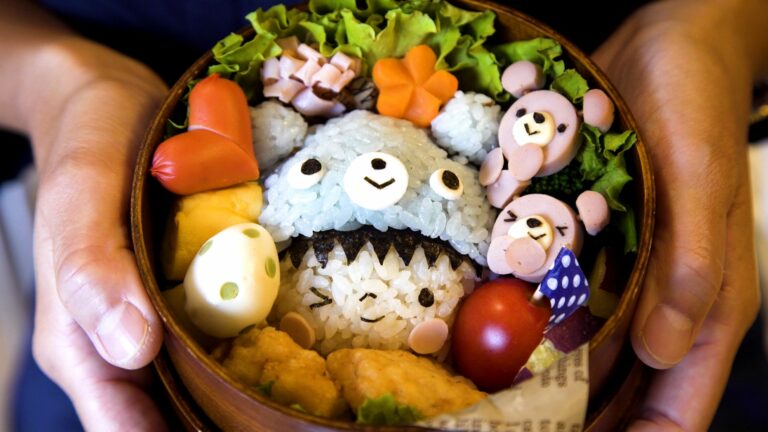Introduction: Understanding Fusion Cuisine
Fusion cuisine refers to the blending of culinary traditions and techniques from different cultures to create a new and unique dish. In recent years, fusion cuisine has gained popularity around the world, as chefs experiment with various ingredients and cooking methods to create something unconventional. Though the concept of fusion cuisine may be relatively new, it has a rich history, with cultures around the world adopting and adapting new flavours and techniques over centuries.
Japanese Cuisine: A Reflection of Tradition
Japanese cuisine is often considered one of the world’s most refined and traditional culinary forms. Japanese dishes are characterized by their delicate and subtle flavours, with an emphasis on fresh and seasonal ingredients. From sushi to ramen, Japanese cuisine has a rich history and culture that has been passed down for generations. The preparation of Japanese food is often seen as an art form, with chefs taking great care in the presentation of their dishes.
The Emergence of Fusion Dishes in Japanese Cuisine
While Japanese cuisine has a strong tradition, it has also been influenced by other cultures throughout history. With the rise of globalization, there has been an increasing interest in fusion cuisine in Japan. Japanese chefs have been experimenting with different ingredients and techniques, seeking to create new and exciting dishes that combine traditional Japanese flavours with those from other cultures. This has resulted in the creation of many fusion dishes that are now popular in Japan and around the world.
Popular Fusion Dishes in Japanese Cuisine
Some of the most popular fusion dishes in Japanese cuisine are sushi rolls. Traditional sushi is made with vinegar rice, raw fish and vegetables, but in recent years, sushi rolls have been created that incorporate ingredients from other cultures, such as cream cheese, avocado, and even fruit. Japanese-style pizza is another popular fusion dish that has become a staple in many restaurants. This pizza is made with a crispy crust, topped with traditional Japanese ingredients such as teriyaki chicken or seafood, and finished with mayonnaise and aonori (dried seaweed).
Traditional vs. Fusion: A Culinary Debate
While the emergence of fusion dishes in Japanese cuisine has been welcomed by many, there are some who argue that it dilutes the traditional flavours and techniques that have been passed down for generations. Some critics argue that fusion cuisine lacks authenticity and is merely a way for chefs to cater to a wider audience. On the other hand, proponents of fusion cuisine argue that it is a way to keep Japanese cuisine relevant and exciting, and that it allows for the exploration of new flavours and techniques.
Conclusion: The Future of Fusion Cuisine in Japan
As the world becomes more connected, it is likely that fusion cuisine will continue to be popular in Japan and around the world. While traditional Japanese cuisine will always be valued for its rich history and cultural significance, fusion cuisine is a way for chefs to push the boundaries of what is possible in the kitchen. With the rise of social media and food tourism, it is becoming increasingly common for people to seek out new and exciting culinary experiences. As long as there is a demand for fusion cuisine, Japanese chefs will continue to experiment and create dishes that reflect the evolving tastes and trends of their customers.

